Double-pipe Heat Exchanger CFD Simulation, Numerical Paper Validation
Double-pipe Heat Exchanger CFD Simulation, Numerical Paper Validation
- Upon ordering this product, you will be provided with a geometry file, a mesh file, and an in-depth Training Video that offers a step-by-step training on the simulation process.
- For any more inquiries regarding the product, please do not hesitate to reach out to us at info@CFDLAND.com or through our online support assistant.
€280 Original price was: €280.€185Current price is: €185.
One kind of heat exchanger has a pair of pipes inside of it, called a double-pipe heat exchanger. Effective heat transfer between the two fluids is made possible by the inner pipe carrying one fluid and the outer pipe carrying another fluid moving in the opposite direction. Heat exchange is improved by this counterflow design, which enhances temperature differential. Because of their simplicity, ease of maintenance, and versatility, double-pipe heat exchangers are appropriate for various industrial applications, especially those involving lower fluid quantities.
The current study, it is targeted to validate a numerical paper entitled “ Numerical study on heat transfer enhancement and flow characteristics of double pipe heat exchanger fitted with rectangular cut twisted tape [1]”.
- Reference [1]: Barzegar, Ali, and Dovood Jalali Vahid. “Numerical study on heat transfer enhancement and flow characteristics of double pipe heat exchanger fitted with rectangular cut twisted tape.” Heat and Mass Transfer12 (2019): 3455-3472.
.

Figure 1: Schematic of Double-pipe Heat Exchanger
Simulation Process
The geometrical configuration of two pipes of double-pipe heat exchanger is employed to create the model using Design Modeler Software. The model is then divided into hexagonal cells (structured grid) utilizing ANSYS Meshing, resulting in 2535274 cells. The usage of boundary layers on mutual walls is quite crucial.
The reference paper employed different turbulence models. However, the K-epsilon Realizable turbulence model is selected. The article represents an estimation of water properties by Regression equations in Table 4. Consequently, a User-defined Function (UDF) is written to employ all the properties dependent on temperature.
Post-processing
The validation results show remarkable agreement between our CFD simulation and both the numerical paper and analytical solutions. Our calculated Nusselt number of 34.51 differs by only 7% from the reference paper’s 37.31 and the Blasius correlation’s 37.05. This small discrepancy can be attributed to several factors. Nevertheless, the close alignment validates not only our modeling approach but also confirms the underlying physics is correctly captured. As a result, this model provides a reliable foundation for future studies exploring heat transfer enhancement techniques in similar exchanger configurations, particularly those investigating twisted tape inserts or other passive enhancement methods that modify boundary layer behavior without significant energy input requirements.
Table 1: Comparing CFD results with reference article
| Nusselt Number | Error (%) | |
| Numerical Paper | 37.31 | — |
| Analytical Solution (Blasius Correlation) | 37.05 | — |
| Present CFD Simulation | 34.51 | 7% |
With temperatures range from 288K (blue) to 322K (red), the temperature contour shows the typical slow rise in temperature that happens along the double-pipe heat exchanger. It’s interesting that the modeling shows how the core flow keeps temperatures high while boundary layers form near the walls, which is exactly where the heat transfer is improved the most. Also, the steady difference in temperature proves that the counter-flow works well, which is one of the best things about double-pipe systems. The fact that the temperature bands are all the same shows that the flow is stable and there aren’t any big problems with thermal mixing. This is why our Nusselt number calculations are very close to what the theory says should happen.
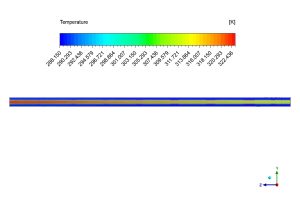
Figure 2: Temperature changes through the double pipe heat exchanger
We pride ourselves on presenting unique products at CFDLAND. We stand out for our scientific rigor and validity. Our products are not based on guesswork or theoretical assumptions like many others. Instead, most of our products are validated using experimental or numerical data from valued scientific journals. Even if direct validation isn’t possible, we build our models and assumptions on the latest research, typically using reference articles to approximate reality.
Yes, we’ll be here . If you have trouble loading files, having technical problems, or have any questions about how to use our products, our technical support team is here to help.
You can load geometry and mesh files, as well as case and data files, using any version of ANSYS Fluent.
€170 Original price was: €170.€145Current price is: €145.

€165 Original price was: €165.€105Current price is: €105.

€170 Original price was: €170.€125Current price is: €125.

€170 Original price was: €170.€99Current price is: €99.

€160 Original price was: €160.€85Current price is: €85.

€240 Original price was: €240.€135Current price is: €135.


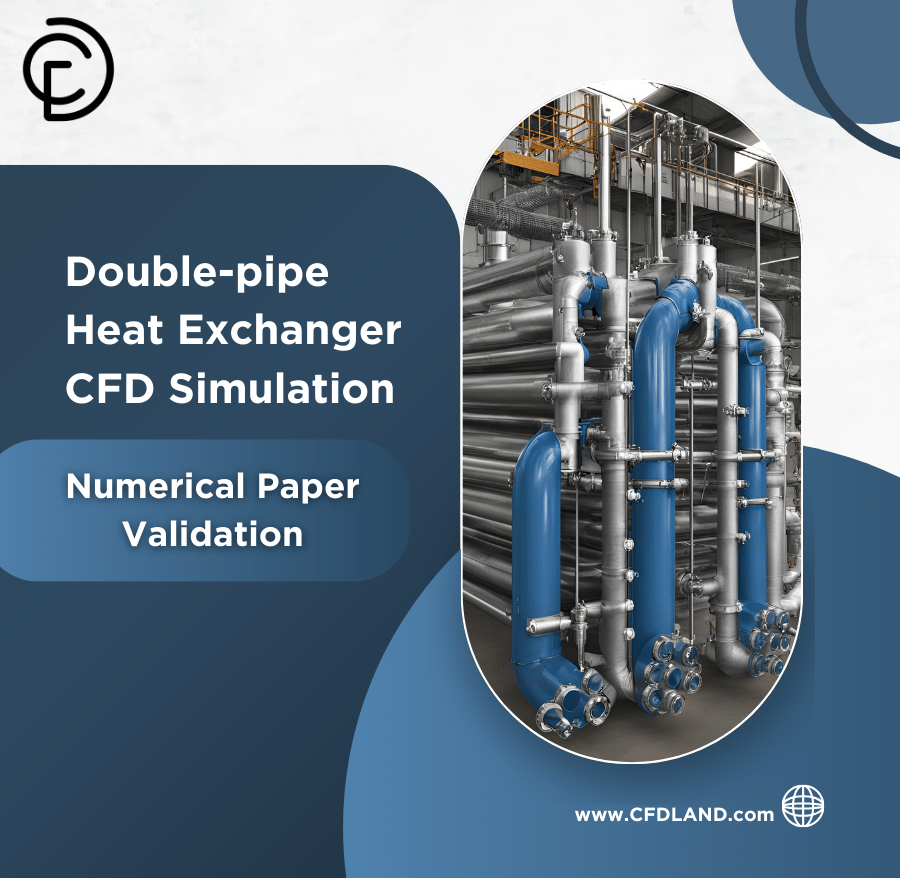

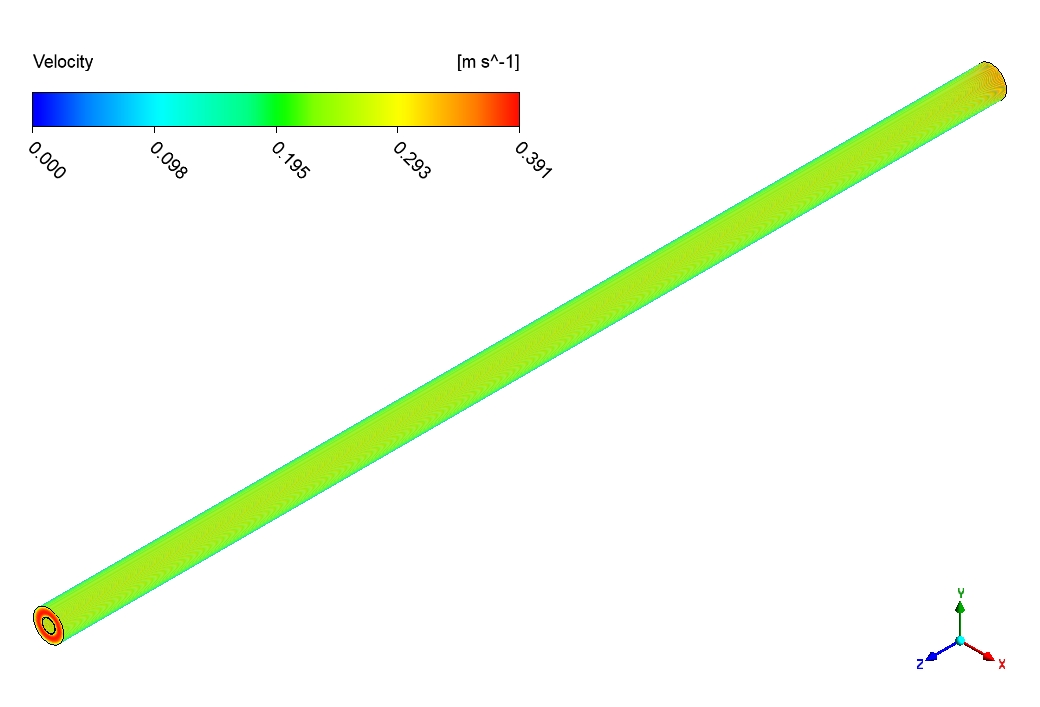
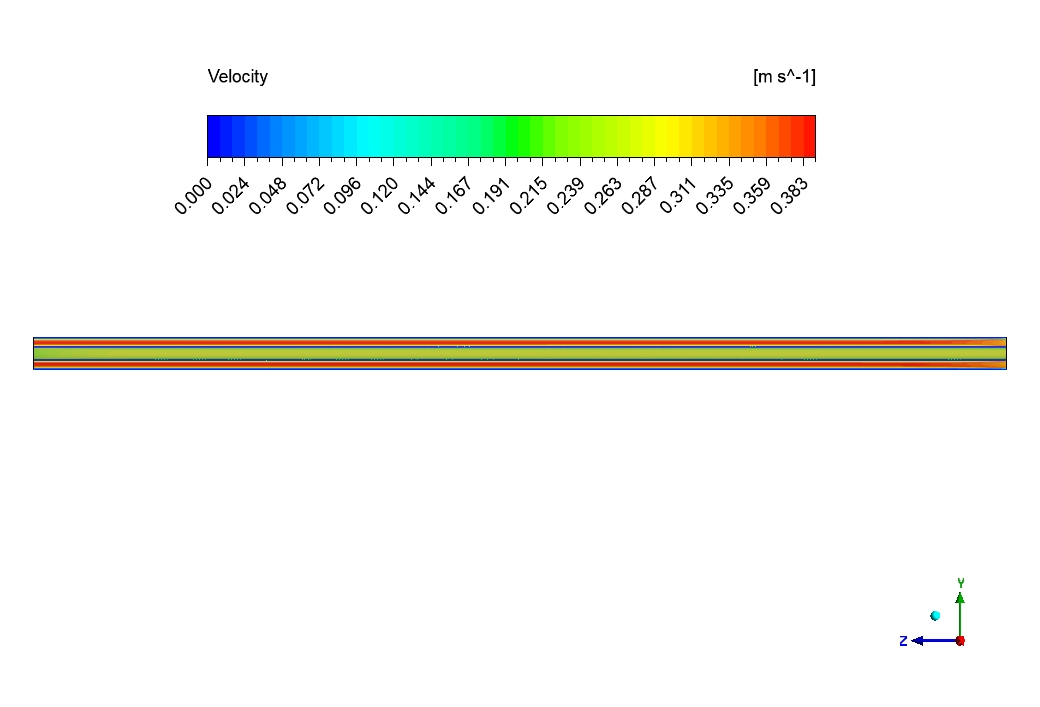
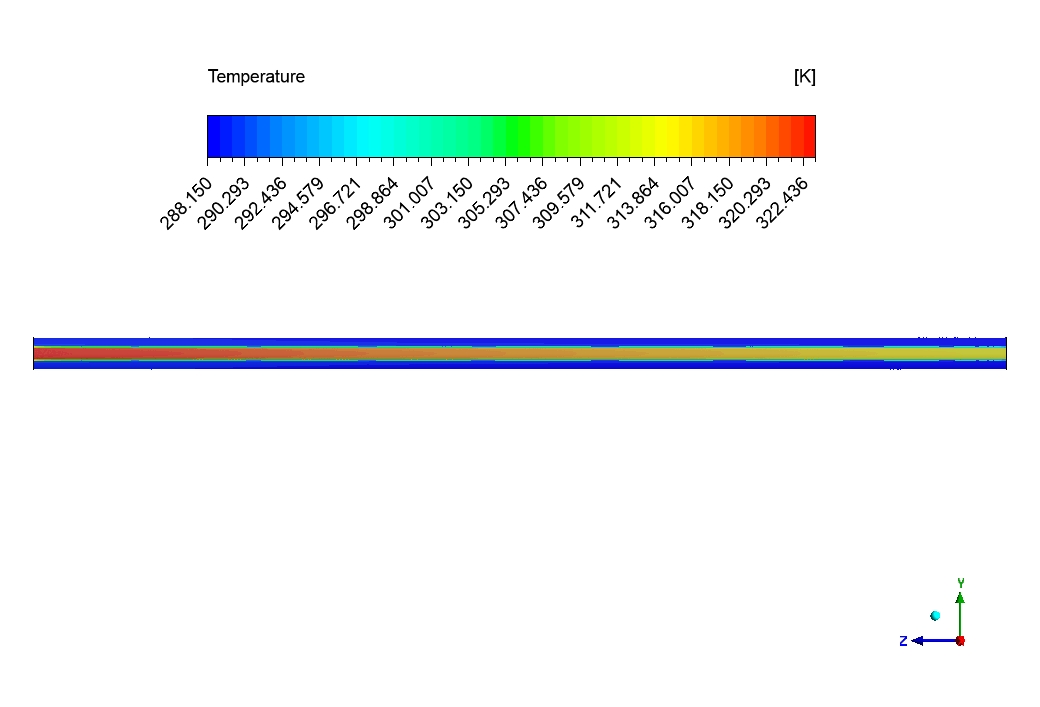
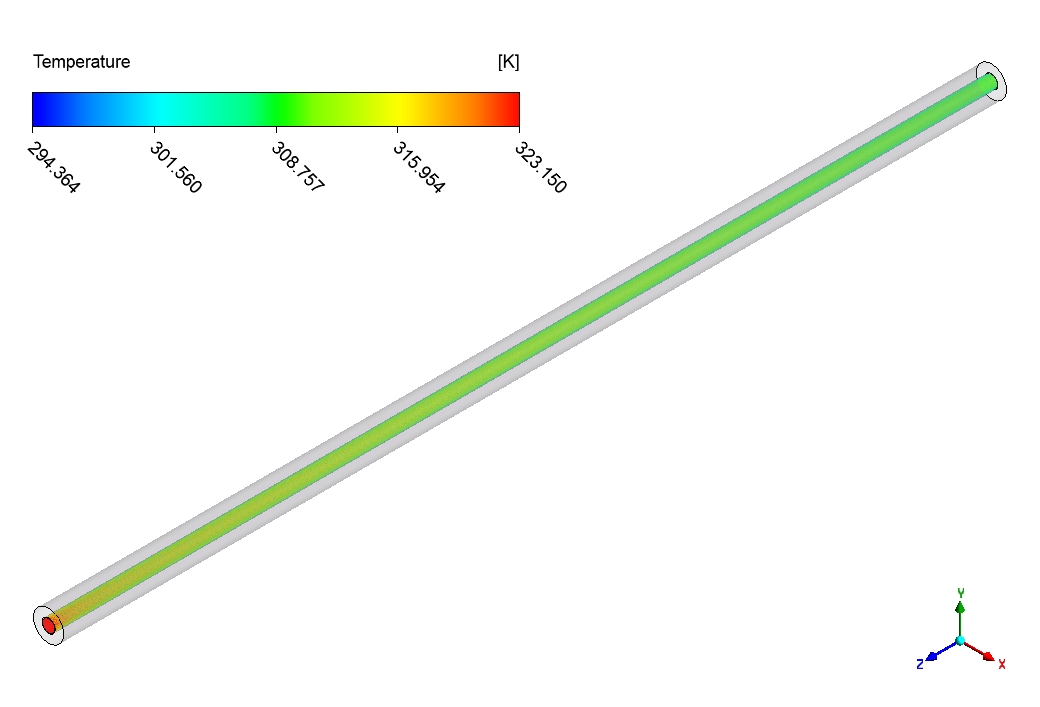
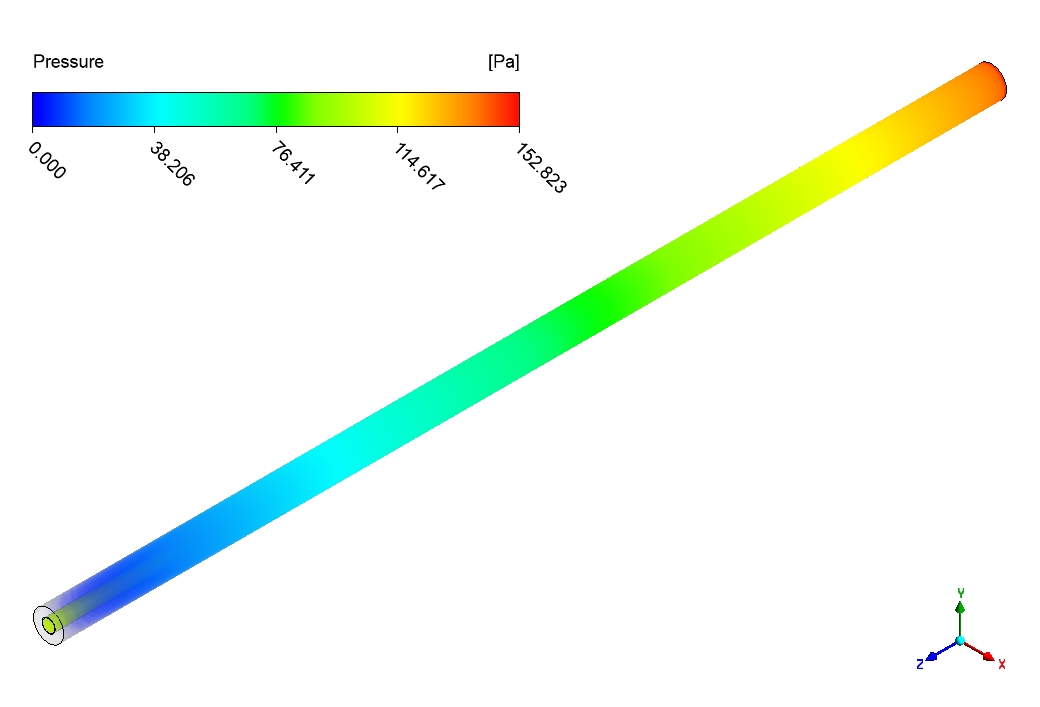
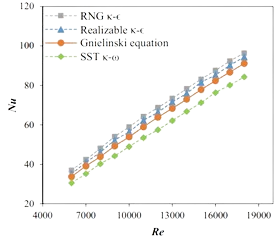






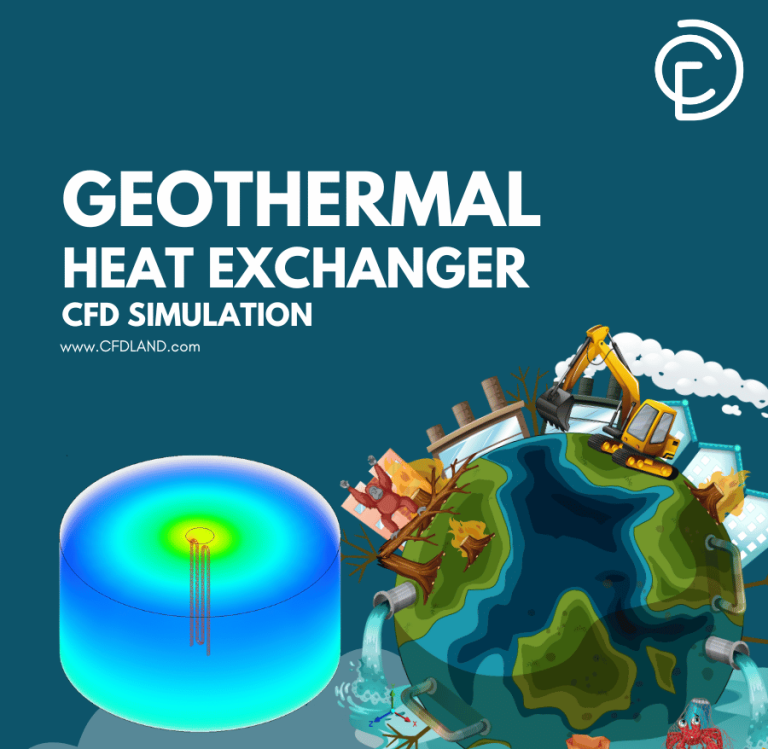



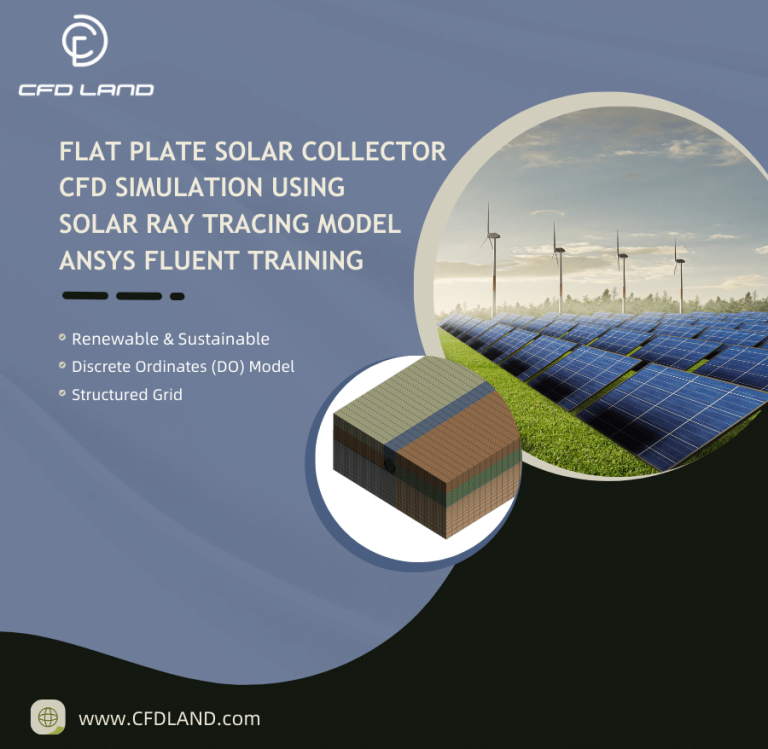
Reviews
There are no reviews yet.